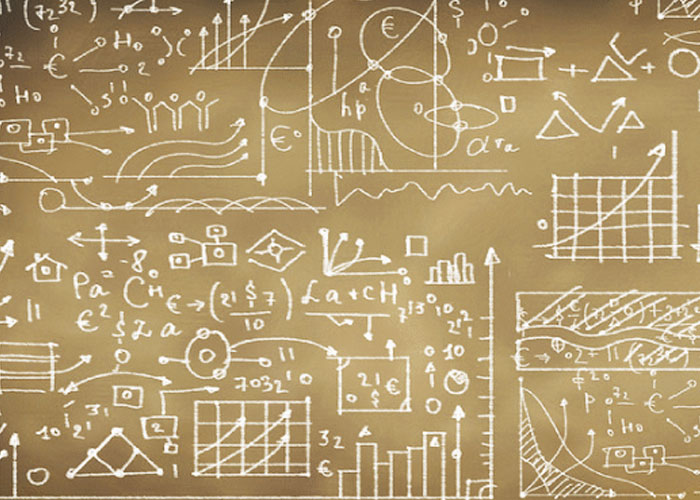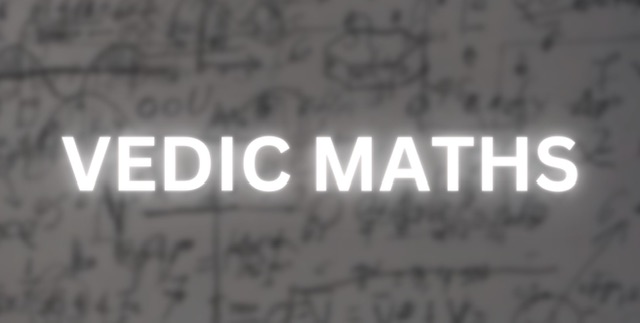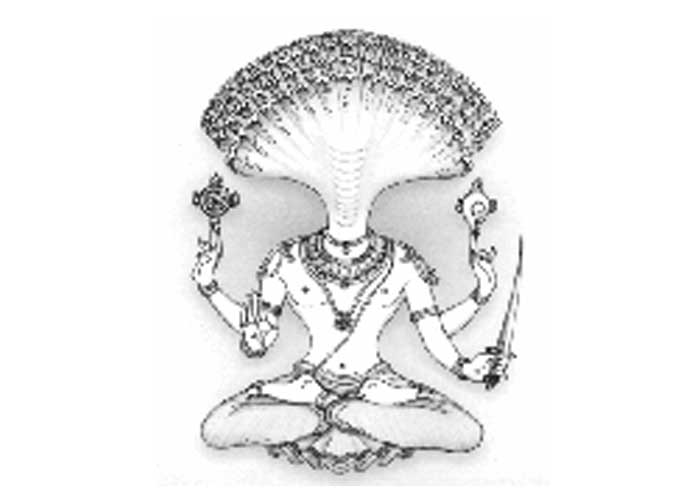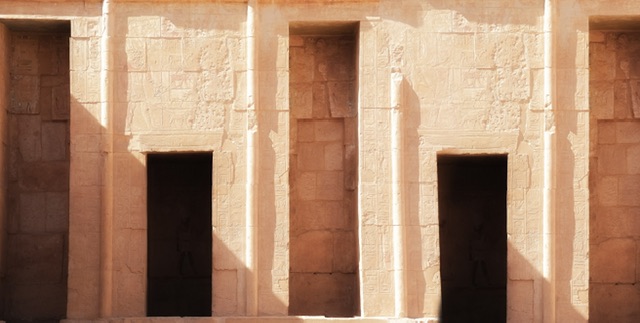Had it not been for Bharatvarsha, we would not have been able to write 10 or 100 or 1000. Nor would we have been able to score a 9.7 or 5.5. We would also not be able to rate a poor performance as a negative or have to study sines and cosines in school. Zero, decimal system, negative numbers, arithmetic, algebra and trigonometry, all owe a lot to Indian mathematicians.
Permutations and combinations too are a desi concept. The vedic and post-vedic composers used them to make metres comprising of guru (long) and laghu (short) syllables as early as 3rd century CE, as is documented in Pingala’s Chandahsutra. The earliest known written account relating to permutations and combinations is found in the 4th century. Jain Bhagwatı Sutra. Permutations were called vikalpa-ganita (the calculus of alternatives), and combinations bhanga. Surgeon Susruta (2nd century CE) in his compendium (Susruta-Samhita) listed the total number of flavours derived from six flavours taken one at a time, two at a time, and so on. Likewise, Varahamihira (6th century) who reputedly wrote the first Indian text on astrology (Brhat-Jataka) used it to derive the number of perfumes that can be made from 16 substances mixed in 1, 2, 3, and 4 proportions.
One also finds the usual formula for weighted averages in the context of computing the density of mixtures or alloys, for example, we find in verse 52(ii) of the Patıganita, the following: “The sum of the products of weight and varna of the several pieces of gold, being divided by the sum of the weights of the pieces of gold, give the varna (of the alloy).”
Games of chance, such as dice, existed in Indian tradition from the earliest times. We find an extraordinary aksasukta or hymn on dice in the Rigveda (10.2.34). The slate-arithmetic text (Patıganita, 99–101, p. 145) gives a long and complex rule for calculating whether one has won or lost in a game of dice. We all know of the game of dice between Pandavas and Kauravas that set the stage for Mahabharata.
Interestingly, Mahabharata also has the mention of statistical sampling. When Yudhisthira was banished to the forest after losing everything in the game of dice, he was contemplating how he was cheated. To console him, a sage recounts to him the story of King Nala.
King Nala too lost his kingdom through deceitful gambling. He took up a job as a charioteer with King Rituparna of Ayodhya. His aim was to learn the secret of dice from Rituparna, to help him win back his kingdom. He got an opportunity on route to Vidarbha from Ayodhya, near a Vibhitaka tree. Rituparna wanted to learn the art of keeping horses from Nala, Nala agreed in exchange of being taught the art of dice. What transpired after, is perhaps the first-ever recorded account of statistical sampling.
Rituparna asked Nala to estimate the number of leaves and trees on the Vibhitaka tree, without counting. Nala wondered how could one do that. Rituparna then demonstrated the technique, estimating the leaves to be panchakoti (5 crore) and fruits to 2,095. According to Naopkhyana, the estimate of Rituparna was accurate!
Seems like we are only rediscovering and relearning what the ancients left behind for us…





